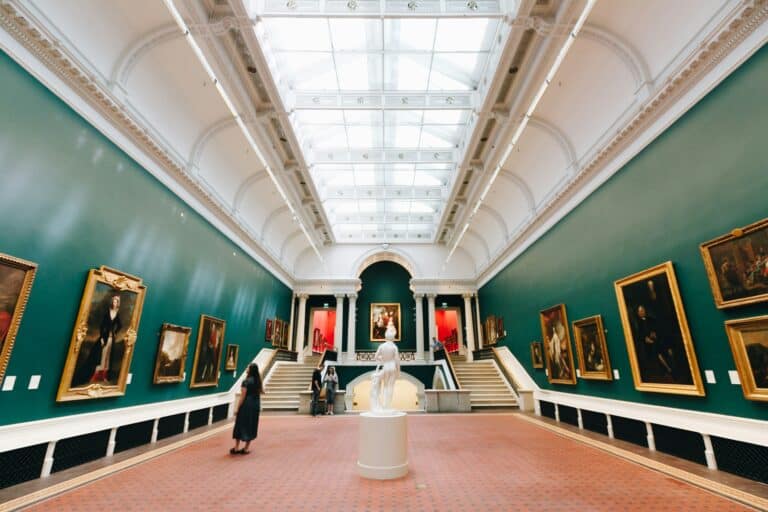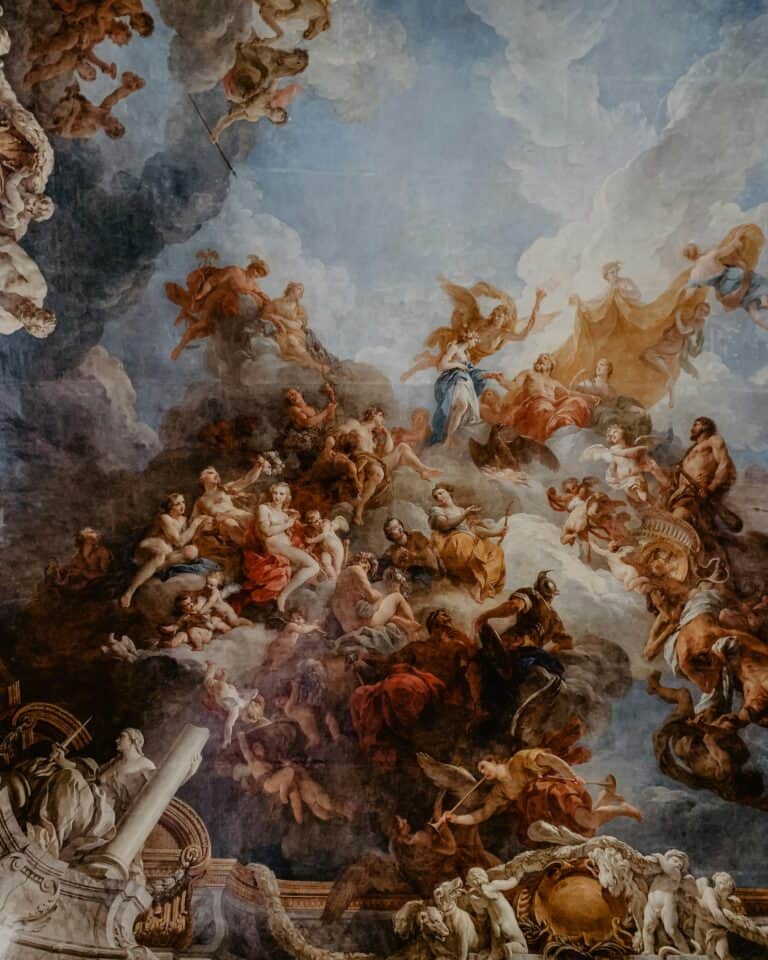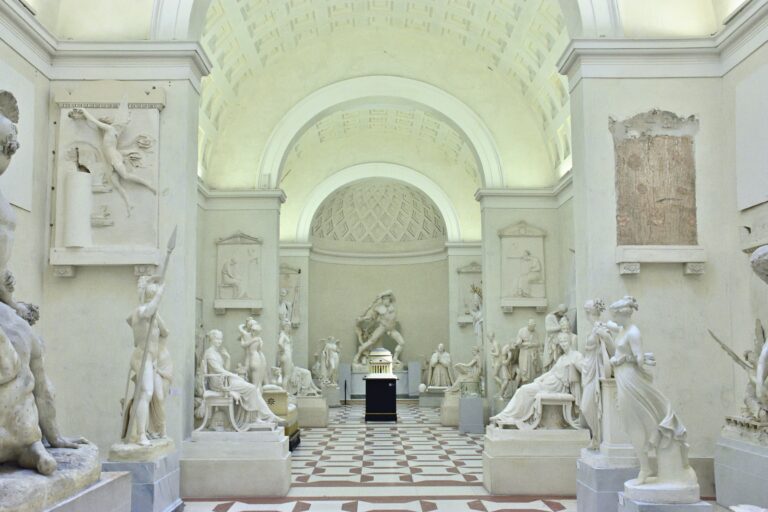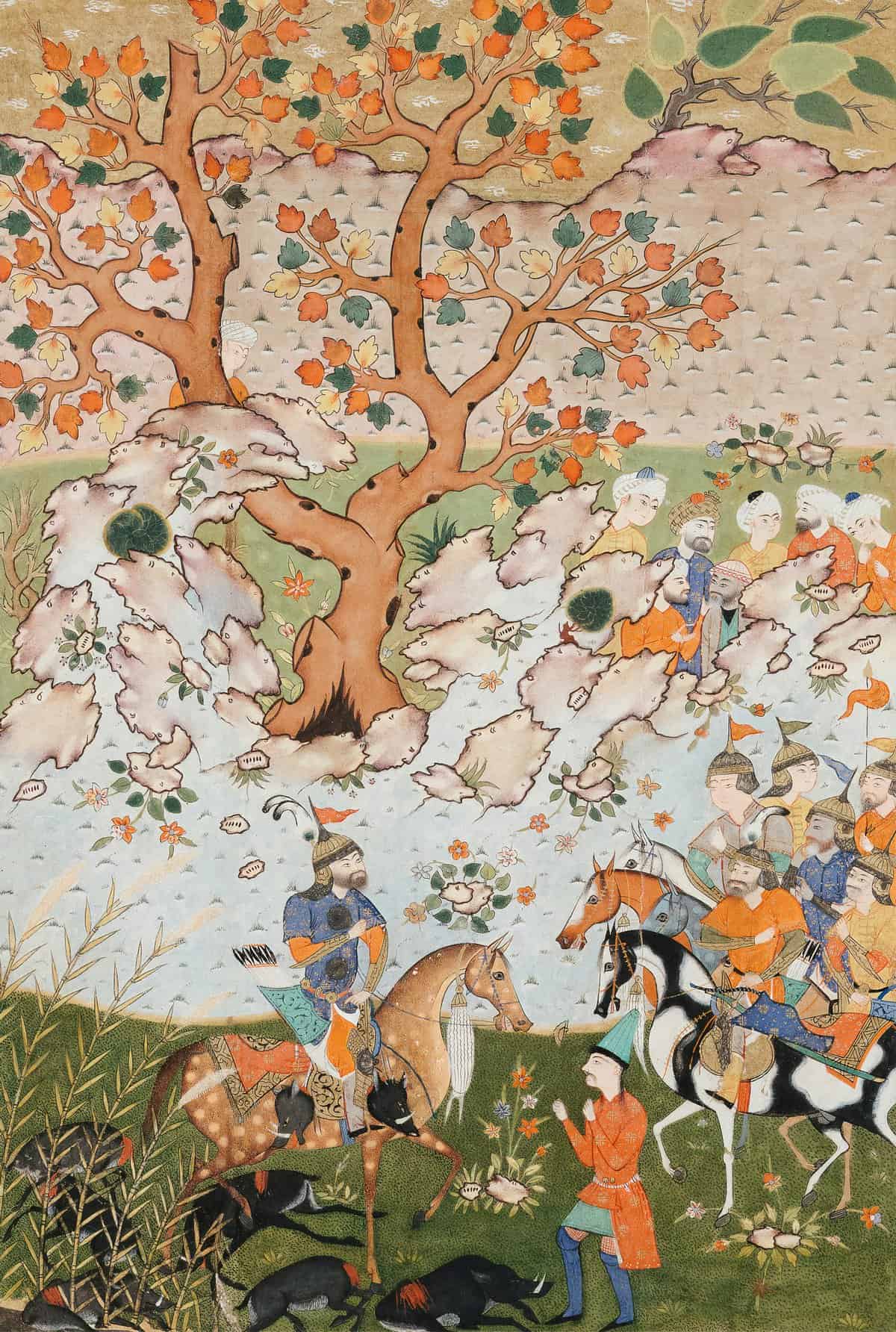
Sitting in on Art History
Are you interested in exploring art history and want a glimpse into what typically goes down in an art history class? In this post, I’ll talk more about this and dip below the surface.

By SPRING PHAM
Have you ever been intrigued by the history of art but don’t have any prior experience with an actual class? Perhaps you’ve visited your local museum and were captivated by the art and found the underlying cultural and social influences intriguing and informative; maybe you’re curious and you’ve talked to some of your friends who say that art history has a gazillion vocabulary terms to memorize. Two sides of the same coin, the material of art history is quite literally the study of culture through visual representation. It draws on multiple disciplines such as anthropology, engineering, philosophy, and psychology. But, it usually asks what is art and what is its purpose?
In this post, I’ll talk about what it’s like sitting in on an art history class, quite similar to what you might find in AP Art History or a college-level introductory course. You’re in for a treat!

Welcome to Art History

When you first walk in
In the first 5-15 minutes, there might be a painting, projected image of a sculpture, video installation, or text to observe and discuss. The instructor will guide the class: “Where does your eye travel?” “What do you notice?” “Is there anything surprising?” What’s helpful to know here is that in an art history class, you’ll learn the terms of formal analysis: elements like line, color, form, space, movement, and how to cohesively use these to analyze art and ask questions. Because it’s an introductory course, there are students from different disciplines (and it’s normal to feel a bit stretched out of your comfort zone!). But it comes back to the question of, “What do you see?” The artist and the audience are each different people with unique lived experiences, and it’s this synergy that brings insight and which fuels discussions about ways of seeing.
With my introductory art history courses, they were in lecture formats (20-35 students) with add-on “conference” classes that were much smaller (6-8 students) and these were very discussion-heavy. However, every school is different. Generally, introductory courses will have more people.
Into the museum

The instructor then takes the class into a museum space with art pieces on display. You’ll be asked to closely observe the objects, the installation space and how the art is positioned relative to one another, and to read about the artists’ biographies and use of materials. After independent observations, the class comes back together so that the instructor can lead a lecture on the theory (aka the gazillion vocabulary terms) that contextualizes the art. In other words, you’ll learn about the time period/cultural backdrop, the artist’s life and how they think, and all the cool stuff that makes the art make sense.
Without this context, it’s easy to walk into a museum space and not notice how the art is intentionally arranged to communicate a message or that the art lacking in technical prowess is actually focused on the idea behind the work.
A very prominent idea in art history is the role of the museum. What is the scope of this museum’s collection? Who are the collectors acquiring artworks for that museum? What were they interested in? Why do you think these curators or collectors considered these objects to be “art?” So, art history also includes a little bit of museum studies.
College Admissions Services
Schedule a Free Consultation
Meet with a mentor one-on-one via video chat to talk about your son/daughter’s admissions plan. Afterwards, receive a no-obligation Customized College Roadmap (CCR) with advice on courses, extracurricular activities, standardized tests, and Admissions Angle strategy.
Learning to Curate

Alongside learning how to “read” images, objects and performances, a class in art history also lets you play museum curator! Let’s say a project has been assigned – you’re going to curate your own digital art exhibition! Your instructor has asked that you pick seven artworks to organize into a proposal. You’ll learn how to create an exhibition catalog with a written introduction and descriptions of the art. You’ll also plan for the exhibition’s configuration – how is the art positioned? And what will you title your exhibition?
While art history doesn’t require that you produce art, you will learn how to construct meaning in a space like a museum. As you think about what it means to use different ways of seeing, and how it impacts what we choose to take in, you’ll develop skills that go beyond the class itself.
Conclusion
As you can see, art history has a similar structure to other history classes, but it’s unique in its own right. While the amount of material can be daunting, and the discussions seemingly intimidating, the effort is well worth it. Understanding the ways that different cultures express themselves through visual means is a really cool undertaking, and who knows, maybe you’ll continue to pursue art history.











